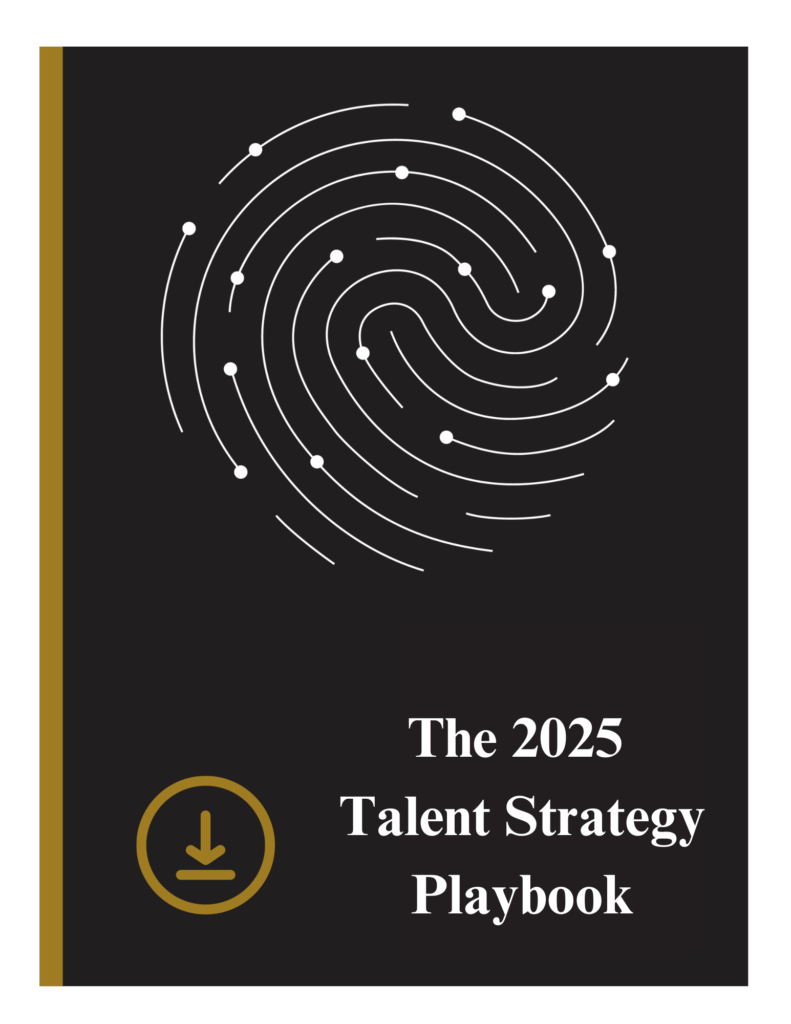by Nicole Degi
Navigating employee performance can be a delicate task for any manager. The decision to engage in performance management or proceed directly to termination can have significant repercussions for the individual, the team, and the organization. In this article, we will explore the pros and cons of each approach, providing insights to help you make the best decision for your circumstances.
First, it is best to understand performance management and how it fits into your culture and the overall goals of the organization. This is an ongoing process that involves setting clear expectations, providing regular feedback through one-on-ones, performance reviews, and providing opportunities for your team to grow professionally. This approach aims to align individual performance with organizational goals, improve employee skills, and address performance gaps constructively.
Benefits of Performance Management for an underperforming employee:
1. Improves Employee Engagement: Employees who receive regular feedback and support are more likely to feel valued and motivated, leading to increased engagement and productivity.
2. Reduces Turnover: Investing in an employee’s development and helping them succeed can reduce turnover, which will save money and increase the company culture.
3. Positive Work Culture: A culture that emphasizes growth and development can attract top talent and create a more collaborative environment.
4. Legal Protection: Documenting performance issues and the steps taken to address them can protect the organization from potential legal disputes related to wrongful termination.
Negative Effects of Implementing a Performance Plan with an underperforming employee:
1. Time-Consuming: Creating a performance plan for employees can require a significant time investment for the manager which can be a distraction from other important tasks and might lead to inefficiencies.
2. Potential for Conflict: In all honesty, addressing performance issues is not fun for all parties involved and can be uncomfortable for the manager and employee moving forward.
3. Short-Term Focus: Performance plans often emphasize short-term goals rather than long-term goals for growth and profitability for the company. Employees might focus solely on meeting immediate targets rather than developing sustainable skills and competencies.
4. Decreased Morale + Increased Stress: Being put on a performance plan may decrease employee morale and create more stress which could led to burnout.
Considering Termination:
Termination, or ending the employment relationship, is a serious step that should be considered when performance management efforts have failed or when certain behaviors or actions occur.
1. Legal Violations: If an employee’s actions violate laws or regulations, termination may be necessary to protect the organization and its employees
2. Misconduct: Actions such as theft, fraud, violence, or harassment would warrant immediate termination due.
3. Performance Issues: In cases where an employee’s performance is significantly below acceptable standards and shows no signs of improvement despite the performance plan that was put in place, termination may be the only viable option.
Both performance management and termination have their place in managing employee performance and as you can see deciding between the two is not always clear-cut. Performance management can foster growth and engagement, while termination may be necessary to protect the organization and uphold standards. By carefully evaluating the situation and considering the long-term effects, you can make a decision that supports both the individual’s and the organization’s best interests.



















